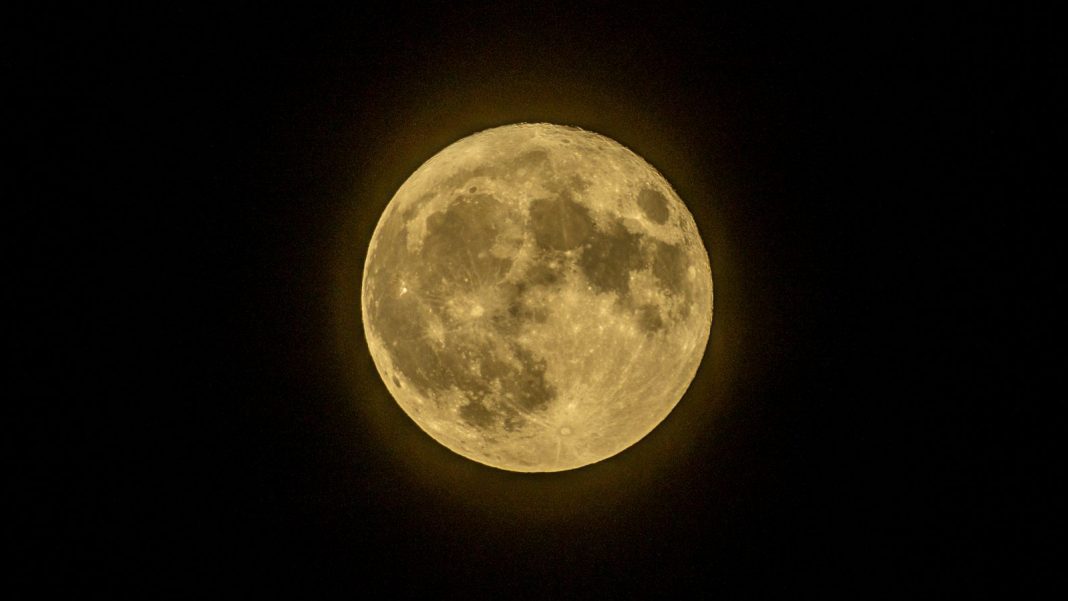The moon is 40 million years older than scientists previously thought, according to a new study.
Researchers analysed crystals brought back by Apollo astronauts between 1969 and 1972 to pinpoint the time of the moon’s formation.
During Apollo missions, astronauts gathered rocks, pebbles, sand and dust from the moon’s surface – and it was lunar dust samples from Apollo 17’s final crewed mission used in the study.
They contain zircon crystals that formed billions of years ago, which researchers say are a key indicator of when the moon must have formed.
Scientists believe the moon could have been created from the debris resulting from the Earth being struck a glancing blow by a planetary body about the size of Mars – and the energy from the impact melted the rock which eventually became the moon’s surface.
The crystals, which are the “oldest known solids” that formed after the giant impact, according to University of Chicago professor Philipp Heck, suggest the moon is at least 4.46 billion years old.
Theorising on the moon’s creation, the professor said: “When the surface was molten like that, zircon crystals couldn’t form and survive, so any crystals on the moon’s surface must have formed after this lunar magma ocean cooled; otherwise, they would have been melted and their chemical signatures would be erased.”
Since the crystals must have formed after the magma ocean cooled, determining their age would reveal the moon’s minimum possible age.
Read more:
Astronomers spot most distant cosmic phenomenon
Likely cause of Mars’ biggest ever quake revealed
Previous research had suggested the earlier age of the moon, but this study marks the first use of atom probe tomography – analysis of a structure at atomic levels – of the lunar crystal.
The crystal sample was sharpened into a tip using a focused ion beam microscope, then UV lasers were used to evaporate atoms from the tip, lead author of the study Dr Jennika Greer said.
Dr Greer added: “The atoms travel through a mass spectrometer, and how fast they move tells us how heavy they are, which in turn tells us what they’re made of.”
Please use Chrome browser for a more accessible video player

2:18
How India made history in space
Many of the atoms found inside the crystals had undergone radioactive decay – a process by which they would have shed some protons and neutrons.
Scientists have established how long it takes this process to occur, and, by looking at the proportion of different uranium and lead atoms (called isotopes) present in a sample, they can tell how old it is – leading to the new conclusion about the moon’s age.
Mr Heck, who is also curator in charge of the meteorite and physical geology collections at Chicago’s Natural History Field Museum, added: “It’s amazing being able to have proof that the rock you’re holding is the oldest bit of the moon we’ve found so far.
“It’s an anchor point for so many questions about the Earth. When you know how old something is, you can better understand what has happened to it in its history.”
The findings have been published in the journal Geochemical Perspectives Letters.







